#khaled hourani
Text
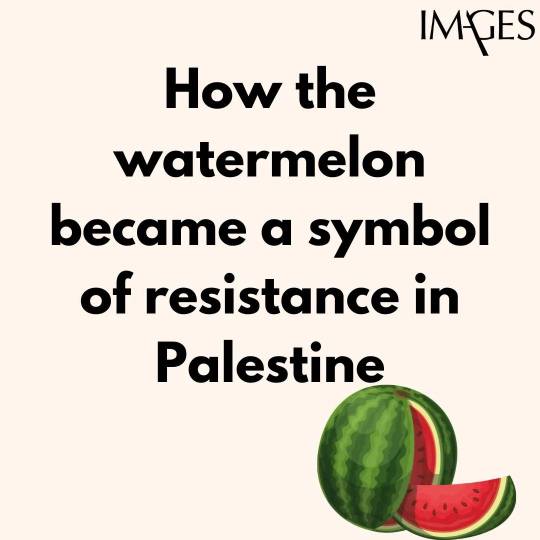


How the Watermelon Became a Symbol of Palestinian Solidarity
The use of the watermelon as a Palestinian symbol is not new. It first emerged after the Six-day War in 1967, when Israel seized control of the West Bank and Gaza, and annexed East Jerusalem. At the time, the Israeli government made public displays of the Palestinian flag a criminal offense in Gaza and the West Bank.
To circumvent the ban, Palestinians began using the watermelon because, when cut open, the fruit bears the national colors of the Palestinian flag—red, black, white, and green.
The Israeli government didn't just crack down on the flag. Artist Sliman Mansour told The National in 2021 that Israeli officials in 1980 shut down an exhibition at 79 Gallery in Ramallah featuring his work and others, including Nabil Anani and Issam Badrl. “They told us that painting the Palestinian flag was forbidden, but also the colors were forbidden. So Issam said, ‘What if I were to make a flower of red, green, black and white?’, to which the officer replied angrily, ‘It will be confiscated. Even if you paint a watermelon, it will be confiscated,’” Mansour told the outlet.
Israel lifted the ban on the Palestinian flag in 1993, as part of the Oslo Accords, which entailed mutual recognition by Israel and the Palestinian Liberation Organization and were the first formal agreements to try to resolve the decades-long Israeli-Palestinian conflict. The flag was accepted as representing the Palestinian Authority, which would administer Gaza and the West Bank.
In the wake of the accords, the New York Times nodded to the role of watermelon as a stand-in symbol during the flag ban. “In the Gaza Strip, where young men were once arrested for carrying sliced watermelons—thus displaying the red, black and green Palestinian colors—soldiers stand by, blasé, as processions march by waving the once-banned flag,” wrote Times journalist John Kifner.
In 2007, just after the Second Intifada, artist Khaled Hourani created The Story of the Watermelon for a book entitled Subjective Atlas of Palestine. In 2013, he isolated one print and named it The Colours of the Palestinian Flag, which has since been seen by people across the globe.
The use of the watermelon as a symbol resurged in 2021, following an Israeli court ruling that Palestinian families based in the Sheikh Jarrah neighborhood in East Jerusalem would be evicted from their homes to make way for settlers.
The watermelon symbol today:
In January, Israel’s National Security Minister Itamar Ben-Gvir gave police the power to confiscate Palestinian flags. This was later followed by a June vote on a bill to ban people from displaying the flag at state-funded institutions, including universities. (The bill passed preliminary approval but the government later collapsed.)
In June, Zazim, an Arab-Israeli community organization, launched a campaign to protest against the ensuing arrests and confiscation of flags. Images of watermelons were plastered on to 16 taxis operating in Tel Aviv, with the accompanying text reading, “This is not a Palestinian flag.”
“Our message to the government is clear: we will always find a way to circumvent any absurd ban and we will not stop fighting for freedom of expression and democracy,” said Zazim director Raluca Ganea.
Amal Saad, a Palestinian from Haifa who worked on the Zazim campaign, told Al-Jazeera they had a clear message: “If you want to stop us, we’ll find another way to express ourselves.”
Words courtesy of BY ARMANI SYED / TIME
#human rights#equal rights#freedom#peace#free palestine#palestine#free gaza#save gaza#gaza strip#gazaunderattack#hamas#watermelon#flag#time magazine#armani syed#amal saad#haifa#zazim campaign#palestinian flag#khaled hourani#nabil anani#genocide#apartheid
3K notes
·
View notes
Text
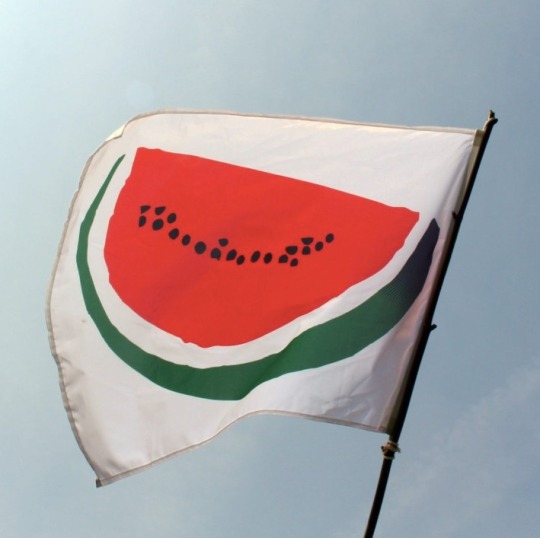
Watermelon flag by Khaled Hourani.
Photo by R.J. Luijters & Disarming Design
975 notes
·
View notes
Text

Khaled Hourani. Dome of the Rock with 2 Kids, 2016.
#khaled hourani#art#palestinian art#palestinian artists#paintings#palestine#free palestine#from the river to the sea palestine will be free#we stand with palestine
373 notes
·
View notes
Text
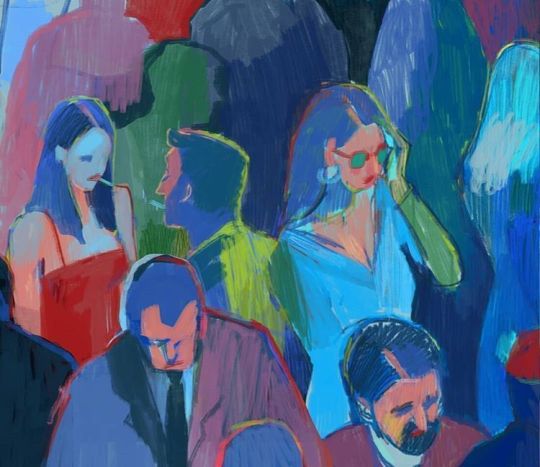

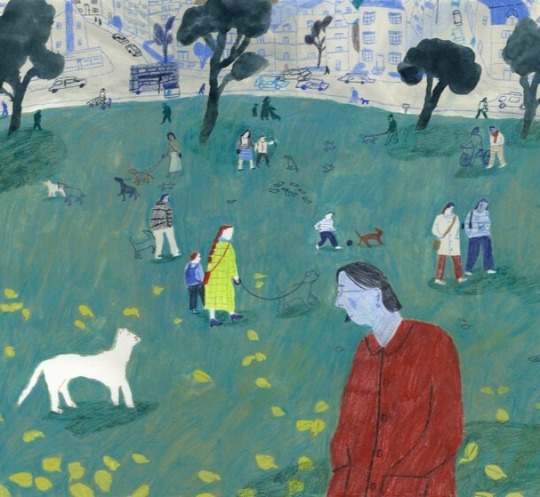




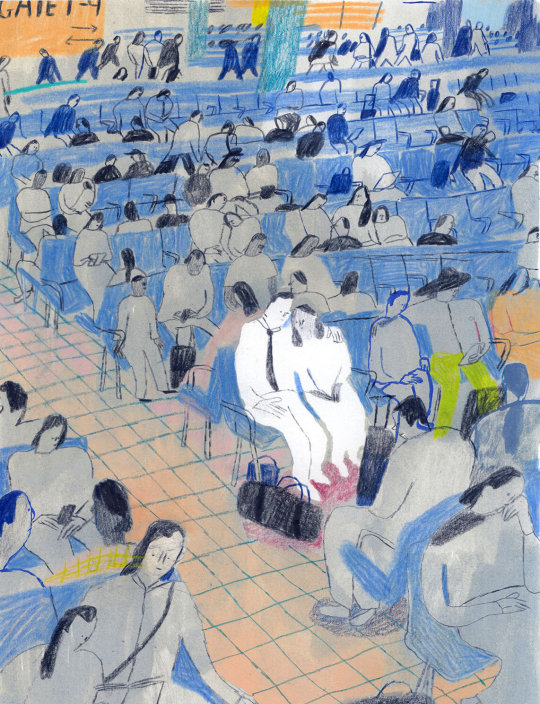
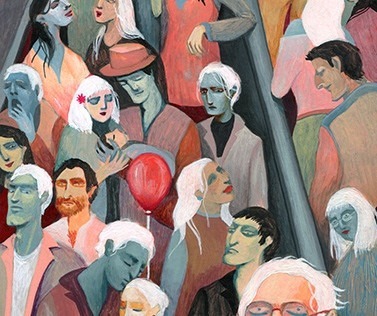
Holly Warburton, Charlotte Ager, Salman Toor, Khaled Hourani, Vyara Boyadjieva
#mutilated by love or no love#people#art#art parallels#paintings#salman toor#holy warburton#khaled hourani#charlotte ager
1K notes
·
View notes
Text
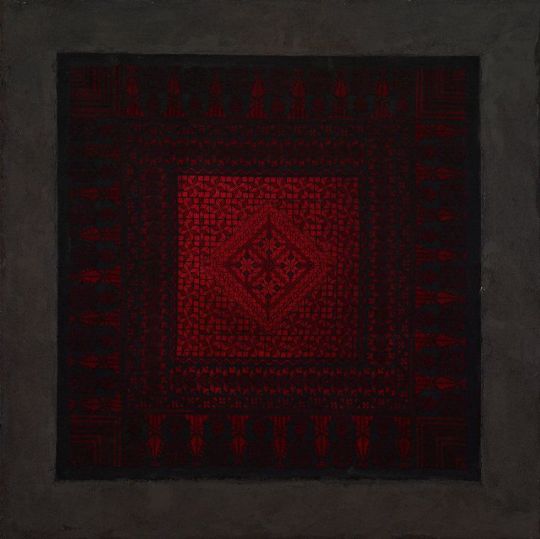
Khaled Hourani (b. Hebron, Palestine, 1965) - Tatreez, 2004.
34 notes
·
View notes
Text

"With it, we shall resist, then we shall eat. If they confiscate it, they shall be the laughing stock of the world."
In Palestine, "Bateekheh" (watermelon) symbolizes resistance, with its colours reflecting the Palestinian flag.
Khaled Hourani
Bateekheh, 2021
Aqueous print on archival paper - 200 gsm
22 × 29 9/10 in | 56 × 76 cm
9 notes
·
View notes
Text
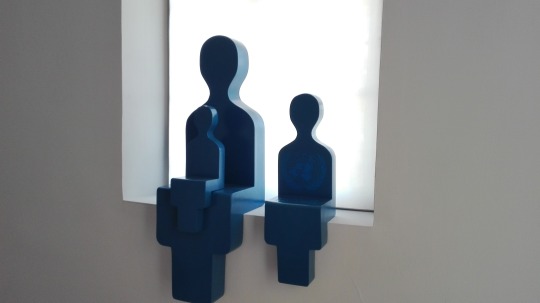


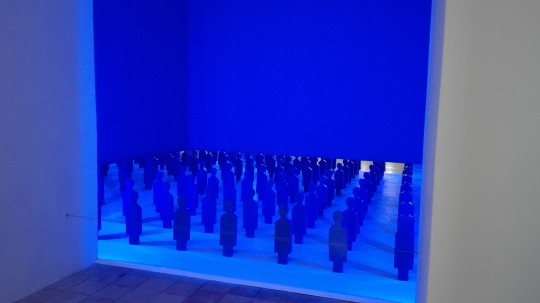
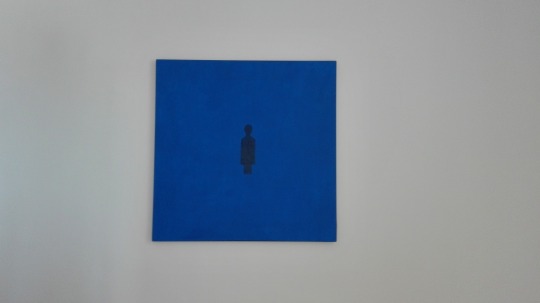

The Blue Figure - Khaled Hourani, 2017
On display at Darat al Funun, Amman
How do we see refugees? The refugee has become a multifaceted symbol, the most prominent political figure of our time. Not just because it is so claimed by the UN Refugee Agency (UNHCR), The United Nations Relief and Works Agency for Palestine Refugees in the Near East (UNWRA), and other relevant humanitarian organizations, but because of the reality of the refugee's existence throughout the world.
Amidst all this, the migrating human being stands as an abstract symbol, not only within the UNHCR logo, but in reality as well. An abstract symbol of a blue figure without a specific national, religious, ethnic, or gender identity. Since the moment of inception as a representation, the refugee is depicted as a victim, a symbol for the tragedy of exile.
In this interpretive project, an attempt is made at deciphering this blue figure, removing it from the custody of its logo, and liberating it not only from its vulnerability and loneliness, but also placing it in other contexts. Taking the blue figure out of its logo brings back its humanity. Freed, the figure is turned from being a symbol or icon to a normal human being, thus revealing new horizons. We are all refugees until proven otherwise.
#khaled hourani#palestinian art#sorry the photos r kinda shitty.. i was 15 when i took them 👍#ive been meaning to post this for er.... several years now woops
12 notes
·
View notes
Text

Khaled Hourani - Wall Climbing 2
1 note
·
View note
Text
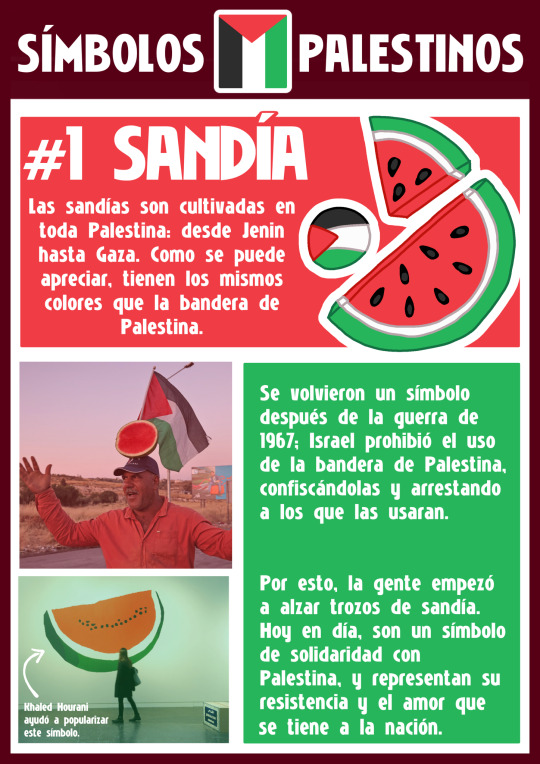
Doing a a bunch of posters in Spanish about Palestinian symbols 💚
#1 WATERMELON 🍉
[ID AND ENGLISH TRANSLATION:
A poster supporting Palestine. It is coloured in the colors of the Palestinian flag. On the top there’s a Palestinian flag between the two words of the title. It has a drawing of a watermelon with a small Palestinian flag in it. On the left bottom corner, there’s two pictures, one of a man with a watermelon on his head and the Palestinian flag behind him, and one of a drawing in a wall of a watermelon with a woman in front of it. The text is in Spanish, and in English it reads:
“Palestinian symbols.
Number 1: Watermelon. Watermelons are cultivated all across Palestine, from Jenin to Gaza. As you can see, they have the same colors as the Palestinian flag.
They turned into a symbol after the war of 1967; Israel banned the use of the Palestinian flag, confiscating them and arresting those who used them. Because of this, people started to raise watermelon slices. Today, they are a symbol of solidarity with Palestine, and they represent its resistance and the love for its nation.”
The image of the wall watermelon drawing has small text with an arrow pointing to the watermelon, it reads: “Khaled Hourani helped popularize this symbol.”
END ID]
#mirko’s art stuff#free palestine#palestine#gaza#free gaza#mexican artist#mexico#spanish#watermelon#free to use
40 notes
·
View notes
Text
"🟢 Zaher Jabareen, head of the office of martyrs, wounded, and prisoners in Hamas:
In the name of Allah, the Most Gracious, the Most Merciful,
List of male and female prisoners included in the releases of the second day of the exchange deal.
The Islamic Resistance Movement Hamas announces to our Palestinian people the list of prisoners included in today's (Saturday) release, the second day of the exchange deal, as follows:
Female Prisoners:
- Nourhan Ibrahim Khader Awad / Al-Quds
- Shorouq Salah Ibrahim Duwaiyat / Al-Quds
- Maysoon Mousa Mahmoud Mousa (Al-Jabali) / Bethlehem
- Fadwa Nazih Kamel Hamada / Al-Quds
- Israa Riyad Jamil Ja'abis / Al-Quds
- Aisha Youssef Abdullah Al-Afghani / Al-Quds
Cubs (young boys arrested by the idf) [under 18]:
- Ibrahim Walid Ibrahim Ta'amra / Bethlehem
- Ibrahim Samir Ibrahim Sabah / Bethlehem
- Mohammed Yassin Taysir Sabah / Bethlehem
- Saddam Amjad Majed Taqatqa / Bethlehem
- Youssef Mahmoud Salem Subtain / Al-Khalil
- Ahmed Ghareeb Ahmed Khalil / Ramallah and Al-Bireh
- Omar Mohammed Adham Abdul Rahim Shweiki / Al-Quds
- Ahmed Ali Mohammed Al-Sabbah / Bethlehem
- Murad Fouad Abdul Latif Dar Ata / Ramallah and Al-Bireh
- Ahmed Walid Mohammed Khshan / Jenin
- Shaker Ali Salem Ballout / Al-Khalil
- Wael Bilal Shaker Mashah / Nablus
- Tariq Ziad Abdul Rahim Dawoud / Qalqilya
- Abdul Rahman Mohammed Saleh Hourani / Qalqilya
- Marooh Yasser Ratib Khuzaimia / Jenin
- Abdul Hadi Azzam Mohammed Kamel
- Jihad Tawfiq Jihad Youssef / Ramallah and Al-Bireh
- Mohammed Ayman Abdul Rahman Aweis / Nablus
- Ezzedine Anan Hassan Sudani / Nablus
- Mustafa Mazen Hussein Shahadeh / Ramallah and Al-Bireh
- Shadi Mohammed Deeb Abu Adi / Ramallah and Al-Bireh
- Yassin Omar Ezzat Hanafiya / Areeha
- Abdul Karim Anwar Zaher Al-Saadi / Jenin
- Mohammed Tariq Salim Hawashin / Jenin
- Samid Khaled Mahmoud Abu Khalaf / Nablus
- Wissam Marwan Abdulsalam Tamimi / Ramallah and Al-Bireh
- Mohammed Nasr Fawzi Swalma / Nablus
- Yazan Jaber Abdul Jabbar Al-Hasanat / Bethlehem
- Mohammed Nizar Nimer Abu Aoun / Tulkarem
- Qasem Khaled Mohammed Masarwa / Jenin
- Anwar Tsafi Ahmad Ata / Ramallah and Al-Bireh
- Raja As'ad Raja Abu Qias / Jenin
- Hamada Said Mustafa Abu Samra / Qalqilya
We reaffirm that this deal would not have been possible without the sacrifices of our people and the bravery of the resistance in the Gaza Strip and its steadfastness against the brutality and Nazism of the occupation.
Mercy to our righteous martyrs. Freedom for our prisoners. Victory is our ally."
Zaher Jabareen
Head of the Martyrs, Prisoners, and Wounded Office in the Hamas Movement
(x)
#palestine 2023#free palestine#palestine#gaza#save gaza#hamas#idf#anti idf#israel#anti israel#fuck israel#fp tag#my post
3 notes
·
View notes
Text
I think its neat the watermelon existed as a symbol of liberation for 2 cultures for entirely unrelated reasons
Paradoxically, the bright and appealing nature of the watermelon also lent itself to racist tropes in nineteenth-century America. Watermelons were introduced there in the sixteenth century and were cultivated widely, from colonists’ kitchen gardens to those tended by African slaves. The ease with which watermelons were grown and sold meant that after the 1863 Emancipation Proclamation, they became a source of income for freed slaves.[14] Their cultivation and consumption became a means of enacting newfound freedoms as a public and communal activity. Emblematizing the potential for African Americans to escape the plantation economy, the watermelon soon became perceived as a threat by white southerners, who proceeded to transform it into a symbol of Black people’s unfitness for freedom and citizenship.
The Watermelon Emerges
During the First Intifada (1987-1993) it was said to have been a form of nonviolent protest to carry a slice of watermelon through the streets in the West Bank and Gaza Strip; a silent form of resistance. A New York Times article in October 1993 reported multiple arrests of young Palestinians for the crime of carrying watermelon slices. This was ultimately unconfirmed, but an Israeli military spokesperson could not deny that such arrests had taken place.
It was also reported in the Australian paper The Age that watermelons were used as a symbol of resistance during the Second Intifada (2000-2005).
A Modern Symbol Of Existence
Since the Second Intifada, the watermelon has taken on a life of its own in regards to Palestine’s fight for liberation. In 2007, Palestinian artist Khaled Hourani presented his piece Watermelon for the Subjective Atlas of Palestine. This inspired countless other artists like Sarah Hatahet, Sami Boukhari, Aya Mobaydeen and Beesan Arafat to create their own interpretations of the symbolic watermelon in their artistic statements of solidarity with Palestine.
As it naturally does, social media has given wind to this symbol’s wings as of late, spreading the story around the world. It is a simple yet beautiful way to show support to Palestine while tapping into the story of the resistance. The watermelon is an icon, perhaps more now than ever before.
5 notes
·
View notes
Text
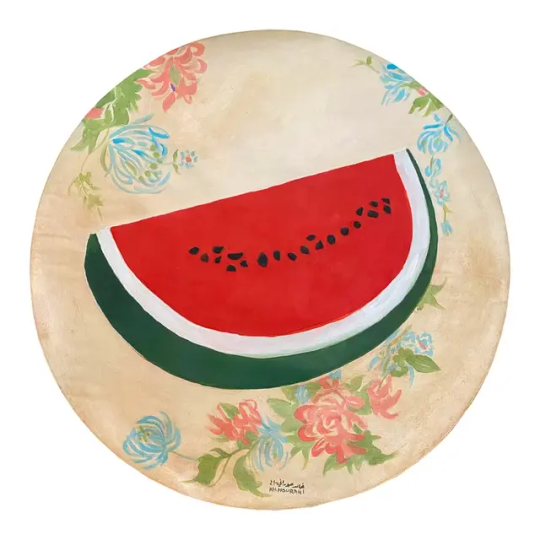
THIS IS NOT A WATERMELON 4, Khaled Hourani, 2021
5 notes
·
View notes
Photo

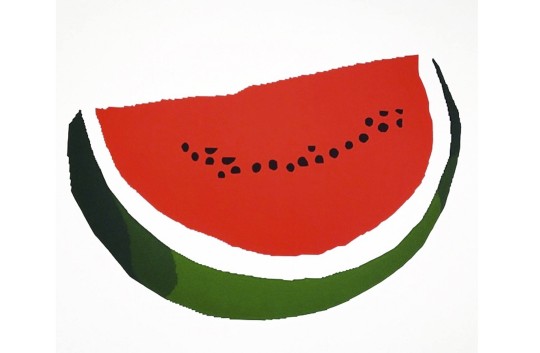
The Story of the Watermelon, Khaled Hourani, 2007 (followed by Palestinian Flag, also by Khaled Hourani)
via Momtaza Mehri, quoting @africa on Twitter:
In the years after the 1967 Six Day War, the Israeli army arrested/harassed anyone displaying the Palestinian flag’s colors in Gaza and the West Bank. In response, many Palestinians in the region would carry sliced watermelons in a sign of subversive protest.
Similarly, prominent Palestinian artists have stated they risked imprisonment for simply painting depictions of watermelons, as well as other images (like poppy seed plants) that might have incorporated the national colors.
🍉
FREE PALESTINE
#Palestine#Khaled Hourani#flags#art#resistance#Israel#1967#2007#Free Palestine#watermelon#fruit#watermelons#flag#Gaza#West Bank#occupation#apartheid
27 notes
·
View notes
Text


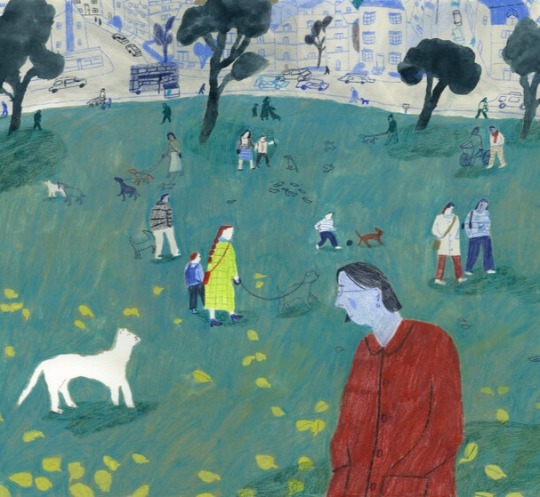
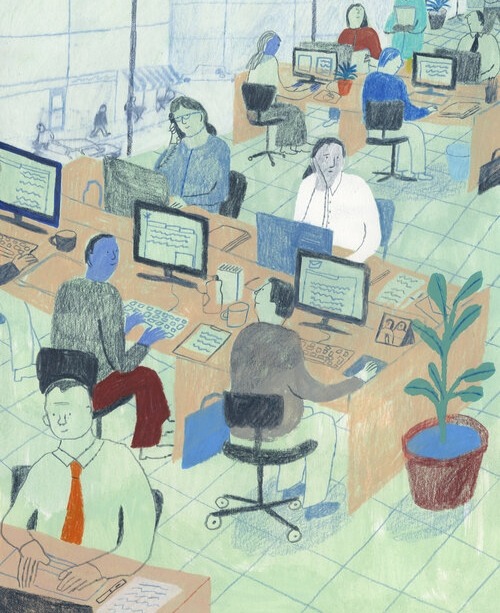
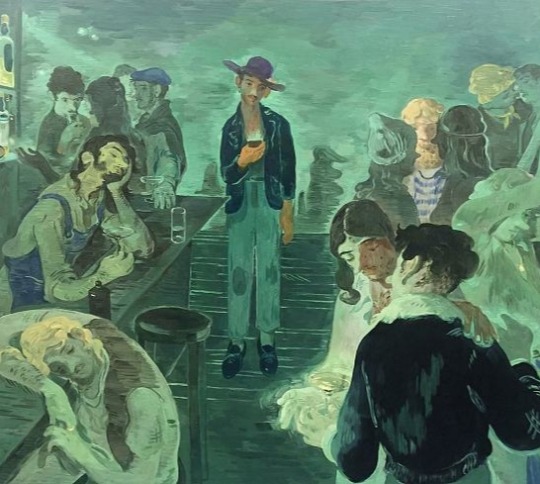
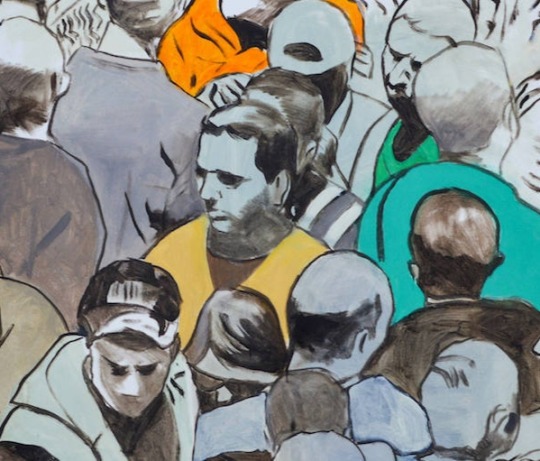
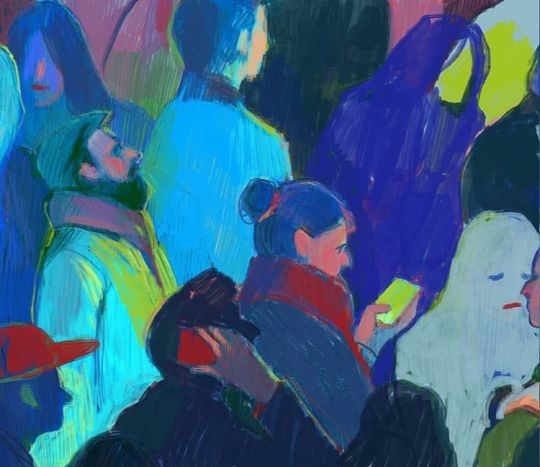
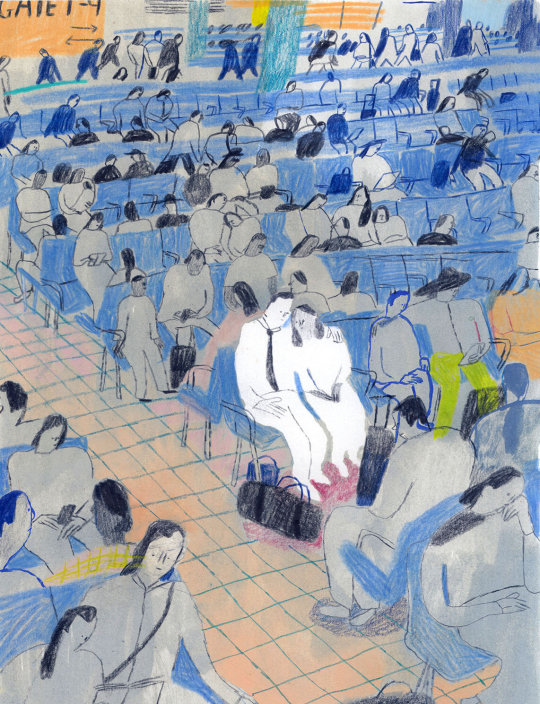


Holly Warburton, Charlotte Ager, Salman Toor, Khaled Hourani, Vyara Boyadjieva, Haruki Murakami ("Sputnik Sweetheart")
#art parallels#mutilated by love or no love#a face in the crowd#haruki murakami#sputnik sweetheart#loneliness#holly warburton#charlotte ager#salman toor#Vyara Boyadjieva#khaled hourani#paintings#people
997 notes
·
View notes

